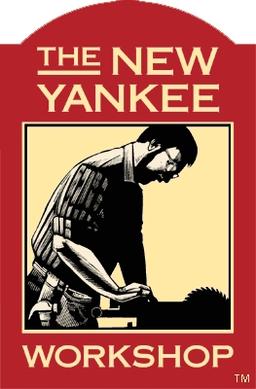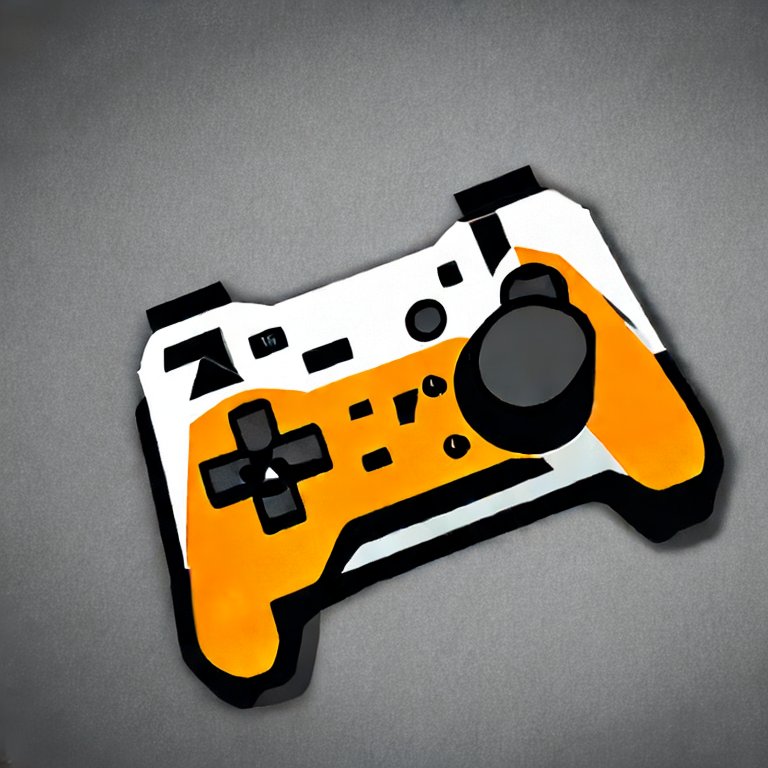

To forestall accusations of having done a deal with the Devil, craftsmen would often deliberately introduce flaws in their design.
Finally. A rock-solid excuse for why the software I write has so many bugs in it!


To forestall accusations of having done a deal with the Devil, craftsmen would often deliberately introduce flaws in their design.
Finally. A rock-solid excuse for why the software I write has so many bugs in it!


Because that’s what people outside of a simulation would do.


You should know that there is data that backs you up: https://pmc.ncbi.nlm.nih.gov/articles/PMC8875377/#sec5-nutrients-14-00739
And also on the self-medicated front: nicotine is effective too. https://pubmed.ncbi.nlm.nih.gov/8741955/
What this makes me wonder is how much of the population is self-medicated in this way but doesn’t know it?


Extreme anxiety.
For the longest time, I couldn’t recruit enough concentration to get homework or big projects done until it was this huge looming threat. Frequently, that would involve an all-nighter since it was something due the next day. Other times, it meant cranking out last night’s math assignment in home room mere minutes before it was due. It turns out that adrenaline and other stress hormones are great at shoving all the ADHD noise out of the way, however temporarily.


As someone who lives next to a road where this racket happens around the clock: screw those guys. I know there’s an overall theme of car companies externalizing environmental impact to the general public, but it’s like they went through a list and realized that “noise pollution” was worthy of a tad more exploitation. /rant


The hardware is already there, someone just needs to mod/hack that in.
https://en.wikipedia.org/wiki/Electric_vehicle_warning_sounds
In fact, it looks like we were going to get custom sound effects but the DOT killed it:
The agency has chosen not to adopt the remaining portions of the NPRM, including a proposal which would have allowed manufactures of hybrid and electric vehicles (HEVs) to install a number of driver-selectable pedestrian alert sounds in each HEV they manufacture.


A gasoline engine sputtering down the road would draw far more attention than an electric motor, so people bought those.
They’re still doing exactly this. ICE designs have never been quieter, but meanwhile Ford and GM are pumping out the L O U D E S T car options in decades.


Considering what roads were like at the time, and how far most people were from other things, 80 miles round-trip is plenty.
Heck, that’s plenty nowadays for a lot of people.


Yes, but only for the mere moments before it becomes porridge.


It’s the sugars in those vegetables. It turns the pot into a bacterial growth medium. Given enough time, something is going to survive that environment. Maybe it’ll be probiotic, but most likely, it won’t.


where it was often necessary to render unruly guests blind.
(emphasis mine)
Blind?!


Too bad.
…
Hello there!
There’s just so much in IT that fits this format.
Ah, but that’s how I run my table. The jank is a feature, not a flaw.


Story takes place in a whole-ass galaxy. Everyone winds up back on Tatooine for some stupid reason; the planet with barely one ecosystem, practically zero vegetation, no economy that matters, yet populated with two (?) cities. Other planets also have exactly one ecosystem, culture, and one optional urban center1. There’s also only 12 or so planets that matter, yet half of everyone you meet are from all the other ones. You may not like what you see, but this is peak sci-fi writing performance, right here. /s
This story could take place in a diverse corner of a single Earth-like planet and it wouldn’t be all that different.
1 - Meanwhile planet Coruscant is an urban center where the ecosystem can best be described as “traffic” and the culture is “city folk that inexplicably eat at 1950’s-style diners”.


I never played this game; is it really so good that fans were clamoring for a re-release? What am I missing if anything?
Also, I may be misremembering when this was launched but isn’t it a bit early for a re-master on this one?
Why am I suddenly staring at the sun?


Oh, it’s petty cash to be sure. If you have $100-ish bucks to throw around, you probably aren’t going to miss much by not doing this. Unless, of course, letting someone else take even one dollar from you in this way is against your religion or something (i.e. the principle of the thing). Conversely, if you need the handful of dollars this makes, you probably don’t have that kind of walking-around money in the first place.


Jesus. This makes it reasonable to just buy $100 worth of your own game every month, just to make sure. Assuming that the number of real sales cover Valve’s percentage and then some. Yeah, that’s a non-zero opportunity cost for you, and additional float for Valve, however petty it may be. But for a small developer, maybe that makes sense.
Awesome. Another high-quality graphical Rogue spinoff? I’m there.
In the meantime, check out Torchlight 1&2 if you need something to tide you over. They’re on the old side, but IMO scratch that itch.